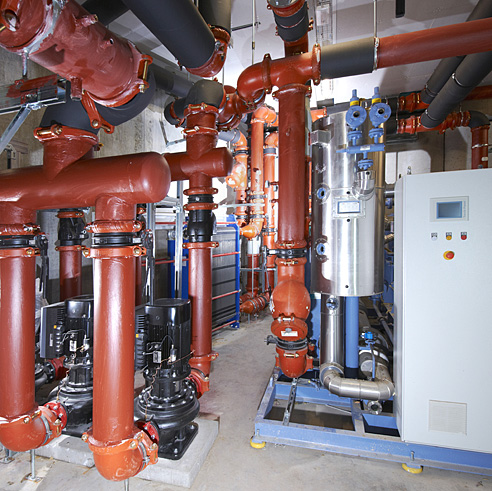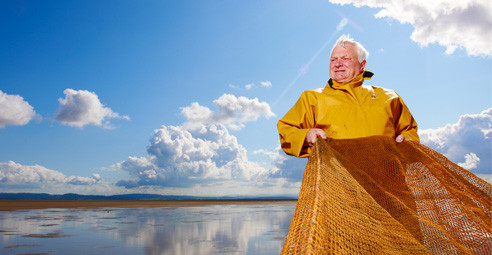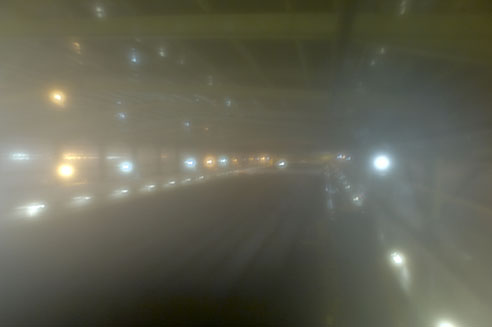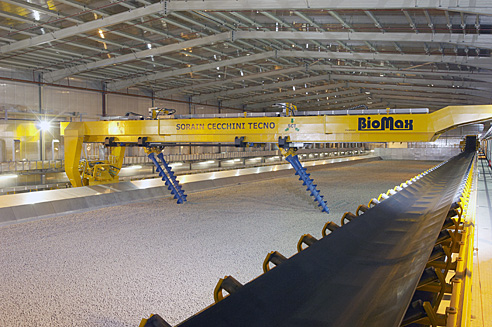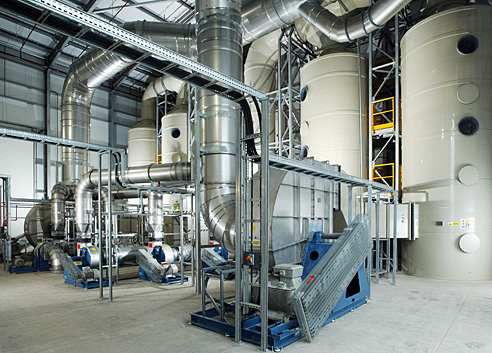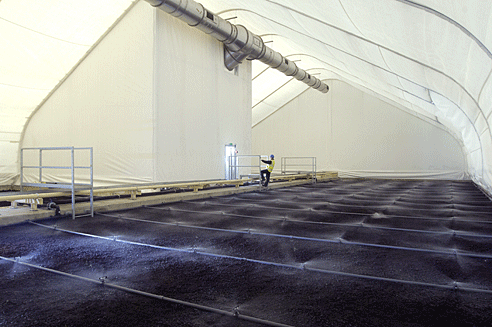Copenhagen is an interesting city. This time on a visit I managed a look around the Nyhavn harbour which was mostly frozen and seemed like a great place for a longer visit and exploration. Flying in and out of European cities with deadlines to meet doesn’t always allow for sightseeing or ‘constructive hanging around’ for flights.. but if the opportunity comes around I will try to take it.
Sightseeing wasn’t the priority on this trip. This visit I was commisioned to shoot the heating and air conditioning installation in the newly built mechanical rooms at KPMG’s new offices in the city.
The shoot wasn’t without complications though, after obtaining client approvals for the shoot and scheduling in a visit including flights and accomodation, at the last minute the shoot was cancelled due to scaffolding still being in place in the mechanical room after some other contractors work. Rescheduling the visit for a later date proved more suitable.
I’ll spare the images of the many components of the system incorporating Suction diffusers, Strainers, Valves, Elbows, Reducing Tee’s, Commissioning sets, Couplings and various pipework, but leave you with a couple of images the larger pipework configurations.
This proved to be an International collaboration in the end with the Marketing and Communications manager flying in from Holland, the installation manager driving in from Norway and myself flying from the UK.
Offsite production reduces hot weld hazards and improves build time are amongst the benefits for this off site manufacturing process.
Above the Shell Oil Refinery in Hull the assembly process can be seen to be taking place with the preassembled pipework laid out ready for installation.
Despite the status of the build, safety restrictions were as rigourous as always and photography not being high on anybody’s priority list we managed to get the required photography done on time and within constraints.
A couple of samples are posted here.
The oil refinery takes shape showing the progress being made on a range of levels in the background.
Jul 11
1
Morecambe Bay Shrimp Fishing
It was Grey, cold and wet on the day arranged to shoot the Morecambe Bay Shrimpers. I was asked to provide images for POS, Display Boards, Banners and Internet page headers in a variety of shapes and formats, but despite the weather I knew there would be some great images ready for the making.

Morecambe Bay Shrimp Fishing, with reporters and magazine editors around, it wasn't going to be as easy as I thought
On meeting the client in a car park after asking him whether he knew if there was a Shrimp Farm nearby (as we’d never met before hand) he deduced I was the photographer and said that I was in the right place.. ‘shrimp farm ??’ There was no Shrimp Farm around here – only fishermen with tractors..
Matt said he’d been shrimping before and all would be revealed.. he said that we were due to be picked up shortly along with the other reporters and magazine editors and food writers and that we’d head out a mile or two into the bay on the tractors. I never expected to be part of a media feast as my brief was more Advertising based.. never mind, I’ll see what happens.
What happened was the tractor broke down and a trailer lost a wheel – not whilst we were wading through the waters of the Bay (fortunately) but immediately after the fishing demonstration, this prior to meeting up in Flookborough for the photoshoot I’d arranged to fulfill my brief.
So the photography session was rearranged – and what a difference in weather.
Bill and Les were the Shrimp fishermen and although unacustomed to posing for the camera, were very obliging and made very interesting subjects. I was grateful both Bill and Les managed to fit in this photosession into their jetset lifestyle between competing in a shrimping competition in Holland (which they won) and attending a sales exhibition in London. Without so many media people around they were a little more relaxed than our previous encounter, and despite the complaints about the heat, I’m sure they took pleasure from the fact that we had decent weather.
What is so striking about both these fishermen is their dedication to catching shrimp. After being questioned about the dangers of driving a tractor and trailer into Morcambe Bay’s often treacherous sinking sands Les recounts how his tractor managed to sink into an embankment with water around his midriff and without worry about the potential loss of his tractor, trailer and nets – he was most ‘annoyed’ at losing his shrimps. ‘Annoyed’ is the more politically correct way of describing Les’s dismay of his loss..
I love my job for being able to meet so many fascinating and interesting people. Everybody has a story to tell and the work seems totally incidental in these stories. Today, I was illustrating the Morecambe Bay Shrimp fishing story from the perspective of retail sale marketing requirements. Tomorrow will be another story.
One of the lighting setups whilst in Morecambe Bay
After initially uploading only one of the images from this shoot, I’ve finally got around to providing a little more on the subject.
The waste is continually rotated across the filter beds until it exits the composting area via the conveyor system.
Beneath all that waste are filter beds extracting water and gases for processing, along with ambient gas being processed by further exraction to peat filter systems. The scale of the process is probably better illustrated by the following images of the filter beds. It is easy to estimate from these the total mass of recycled waste which is being processed.
The scale of the Industrial filter bed is quite staggering compared to the height of a worker inspecting the filter prior to commissioning.

Inside the Trommel
We’re not shy on lighting. In my opinion it is absolutely necessary to portray our clients products to the best advantage, and multiple light heads are often needed to achieve that goal. As I stated previously, it is possible to ‘get away’ without introducing lighting, but often having the choice to introduce lighting can only be made if it is posessed. It is impossible to introduce if you don’t have it. Creating images by available light is just an excuse for lack of lighting if you don’t have that available.
Working in the background to all this front end processing is the main control room monitoring the systems and programming the rate of rotation of the decomposing material. It was cooler and cleaner in here.
The processes to handle and distribute gases, those which are recycled for heating and processes and cleaning of the remaining gases are handled by multiple Control rooms or ‘Fan rooms’ as they are referred. These were again lit to illustrate the size and quantity of engineering involved in their construction trying to illustrate different aspects of each.

